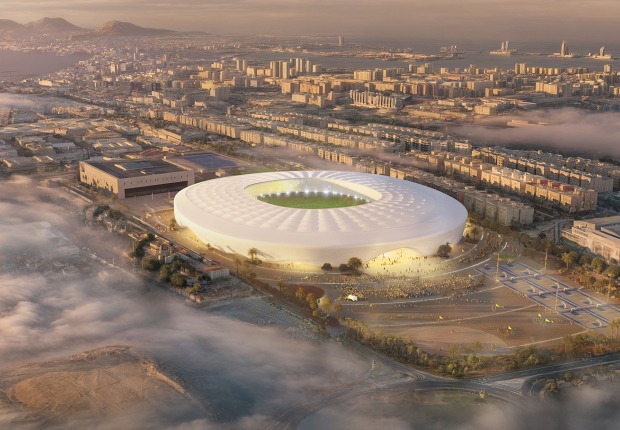In their quest for the preservation of the environment, dealing with the landscape has been very important. Some 30 of the 32 hectares of Grace Farm will be dedicated in perpetuity to open meadows, forests, wetlands and lagoons. SANAA's project includes a series of trails that traverse the area. In addition, all the trees that were felled in the for the construction of the building, were used to produce the furniture inside it, including tables of more than 6 meters long. Considering sustainability in the acclimatization of the building, fifty five geothermal wells 180 meters deep have been excavated. Furthermore seventy percent of intervened areas will be converted to natural grasslands by Larry Weaner Landscape Associates.
Description of the project by SANAA
SANAA believes that one of the most interesting and enticing aspects of this project is an opportunity to foster a sense of community and place. We are eager to create a place that invites people from all walks of life into a space of comfort. We wish to open the boundaries between interior and exterior because the site and nature facilitate an understanding of an individual’s place in the cosmos. It can be at once majestic with gardens, and long views, while at the same time very personal with shelter and places for meditation.
We designed a long roof following the topography, which floats on the site centrally. Winding and crossing the site freely, this structure creates many covered buffer spaces across the expansive property while also forming courtyards. Interior programs are organized and wrapped into glass volumes according to their character and usage under the roof. These glass volumes are, at times, located close to one another while others are further apart, creating different views and atmospheres. For example, from one room, one may see the large lake in the distance and from another, one can overlook the wetland which stretches into the landscape below. This singular roof also gives way to a variety of ambience such as a lively room facing a lively courtyard, and a calm space with sunlight trickling through the foliage of the trees.
With the rich property and natural environment, we hope to make the architecture become part of the landscape without feeling strongly like a building. We hope that visitors will enjoy the beautiful and changing seasons through the spaces and experience created by the facility.















































